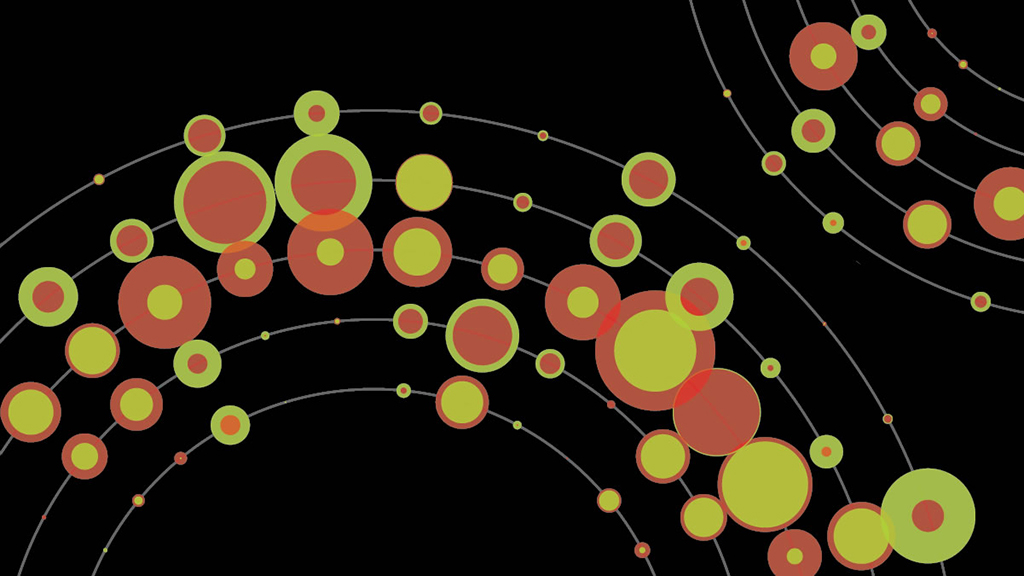What is the future of the museum?
What is the Future of the Museum?
What We Did
We conducted a yearlong study of the evolving relationship between museums and their constituencies, with a focus on strategies to build and reinforce museums’ relationships with their audiences and communities. We held roundtable discussions with influential museum leaders in Chicago, Houston, New York, Los Angeles, London, and San José, Costa Rica. These discussions explored innovations in audience engagement and operational models, and how these changes are re-scripting the role of museums in their communities. Download the complete findings of our roundtable discussions here.
Following the roundtables, we conducted a survey of museum leaders to gather more detailed information on the topics surfaced during our discussions. The survey captures the input of 96 cultural leaders from across North America, Costa Rica, and London and represents a wide range of museum types, sizes, and governance models. We structured the survey as a tracking study to capture leaders’ current perspectives on the museum experience, operations, architecture, and role in the community, both today and in the future.
The Context
Museums today face both overt and subtle challenges. Institutional missions must be negotiated with shifting demographics, evolving visitor expectations, funding realignment, and ever-escalating technologies. Ideally, this leads to a richer and more memorable visitor experience, and encourages visitors to become museum advocates. But often, conflicting goals and strategies can make this a challenge to achieve, from how (and how much) to embrace new technology as a part of the visitor experience, to whom museums consider to be their core audience and how best to engage them.
Museums are meeting these challenges in myriad ways. Institutions are rethinking and reworking their spaces to promote deeper understanding of their collections and missions, greater interactivity, a fuller range of activities, and increased revenue stability. As they meet these challenges, a perspective on current approaches to engaging visitors and evolving facilities, as well as a picture of what’s to come, can help guide museums as they meet an uncertain future.
The Results
The museum experience will become more interactive and self-directed. As museum leaders look to the future, they see a shift to a greater level of visitor control and new methods of audience engagement. Today’s emphasis on in-person, personal, museum-curated experiences will evolve to accommodate digital engagement (on- and off-site), self-directed entry experiences, and visitor curation. As museums seek to expand their reach, a greater focus on youth-oriented programming will also emerge.
Museums were already community focused; they’ll become even more so. In an effort to appeal to a larger segment of the population and accommodate working professionals, roundtable participants and survey respondents prioritized expanded hours and nighttime operation. A move toward greater institutional partnerships for programming and promotion, paired with a shift toward community engagement, is also an opportunity for museums to expand their influence and relevance.
Museum design will follow suit, becoming more public, welcoming, and flexible. While museums are often examples of iconic, civic architecture, the thinking is shifting. Tomorrow’s museums will be more welcoming and embrace the public, the temporary, and the flexible in new ways. Leaders also see a shift toward a more equal balance between active and contemplative spaces. Accommodating the active and the public—without sacrificing the traditional, quieter museum experience many visitors expect—will be key to museums attaining future success.
What This Means
Museums are uniquely positioned to blend education and recreation. Roundtable participants stressed the importance of taking risks in the creation of new programs and experiences, while avoiding “least common denominator” strategies. A key opportunity is to engage adults in more learning opportunities on-site while developing new strategies to meet younger constituents where they are.
Architecture must play a balancing act. Digitized collections and self-directed experiences are on the rise, but museum leaders worry that over-emphasis on technology is displacing human interaction. The importance of welcoming, contemplative spaces must be balanced with the pull of iconic architecture and activity-focused programming.
Clear, mission-aligned success metrics are necessary. Participants noted an increasing expectation for quantifying value and success from philanthropic donors, while stressing the pitfalls of unproductive metrics. They see a shift toward more mission-driven metrics in the future, along with a greater balance between public and private funding.
To attract and retain audiences, museums must strengthen their presence in their communities. Lifestyle and retail activities compete for visitors’ attention, but can also play a synergistic role. Museums must define their target audience(s) and tailor programming accordingly, including a comprehensive and often district-level approach to the visitor experience.
What’s Next?
Learn More
Team
Research Leaders: Bevin Savage-Yamazaki, Nina Murrell Chicago Team: Amelia Tabeling, Brian Vitale, Lindsey Feola, Vanessa Churchill, Melissa Mayer, Nina Charnotskaia, Allison Hausladen Costa Rica Team: Christine Durman, Maria Saenz, Ines Mendez, Gloriana Arias, Carmen Martinez Fernandez-Barja Houston Team: Nina Murrell, Hannah Sargent, Alexander Hohman, Suzan Ozcelik, Stephen Klimas, Iona Bruckner, Ellyn Wulfe, Ashley Claussen, Amanda MacDonald, Kristie Alexander, Traci Garner London Team: Sarah Lawrence, Namrata Krishna, Diana Lee, Louise Burnett, Richard Jacob, Maria Nesdale, Jane Clay, James Lawrence New York Team: Bevin Savage-Yamazaki, Maddy Burke-Vigeland, Ellen Hudson, Hannah Dewhirst, Caroline LeFevre, Heather Pfister Los Angeles Team: David Pakshong, Kimbro Frutiger, Aaron Gensler, Heidi Hampton, Jessica Tracey, Megan Moran, Rob Jernigan, Joe Tarr Firmwide Team: Christine Barber, Tim Pittman, David Lam, Meng Sung, Nick Bryan
Year Completed
2015
Comments or ideas for further questions we should investigate?
